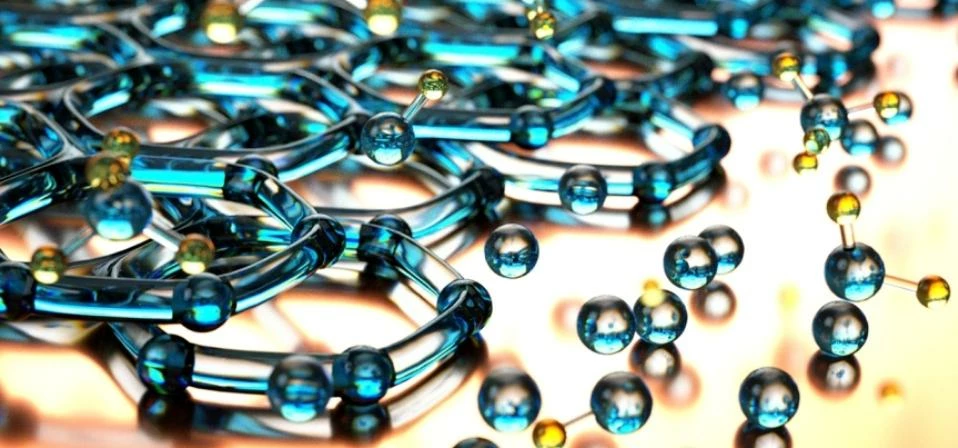
Partner Article
Manchester scientists make dozens more 2D materials available
Research by scientists at the University of Manchester is making dozens of new two-dimensional materials similar to graphene available - with enormous potential for industry.
These 2D crystals are capable of delivering designer materials with revolutionary new properties.
The problem has been that the vast majority of these 2D crystals – one atom thick - are unstable in air, so they react and decompose before their properties can be determined and their potential applications investigated.
Now the team from the University of Manchester team has shown how tailored fabrication methods can make these previously inaccessible materials useful.
By protecting the new reactive crystals with more stable 2D materials, such as graphene, via computer control in a specially designed inert gas chamber environments, these materials can be successfully isolated to a single atomic layer for the first time.
Combining a range of 2D materials in thin stacks makes it possible to control the properties of the materials, meaning they could be tailored to meet the demands of industry.
High-frequency electronics for satellite communications, and light weight batteries for mobile energy storage are just two of the application areas that could benefit from this research. The breakthrough could allow for many more atomically thin materials to be studied separately as well as serve as building blocks for multilayer devices with such tailored properties.
The team, led by Dr Roman Gorbachev, used their unique fabrication method on two particular two-dimensional crystals that have generated intense scientific interest in the past 12 months but are unstable in air: black phosphorus and niobium diselenide.
The isolation of graphene in 2004 by a University of Manchester team lead by Sir Andre Geim and Sir Kostya Novoselov led to the discovery of a range of 2D materials, each with specific properties and qualities.
Dr Gorbachev said: “This is an important breakthrough in the area of 2D materials research, as it allows us to dramatically increase the variety of materials that we can experiment with using our expanding 2D crystal toolbox.
“The more materials we have to play with, the greater potential there is for creating applications that could revolutionise the way we live.” Sir Andre Geim added.
This was posted in Bdaily's Members' News section by Simon Malia .








 2000 reasons for North East business positivity
2000 reasons for North East business positivity
 How to make your growth strategy deliver in 2026
How to make your growth strategy deliver in 2026
 Powering a new wave of regional screen indies
Powering a new wave of regional screen indies
 A new year and a new outlook for property scene
A new year and a new outlook for property scene
 Zero per cent - but maximum brand exposure
Zero per cent - but maximum brand exposure
 We don’t talk about money stress enough
We don’t talk about money stress enough
 A year of resilience, growth and collaboration
A year of resilience, growth and collaboration
 Apprenticeships: Lower standards risk safety
Apprenticeships: Lower standards risk safety
 Keeping it reel: Creating video in an authenticity era
Keeping it reel: Creating video in an authenticity era
 Budget: Creating a more vibrant market economy
Budget: Creating a more vibrant market economy
 Celebrating excellence and community support
Celebrating excellence and community support
 The value of nurturing homegrown innovation
The value of nurturing homegrown innovation